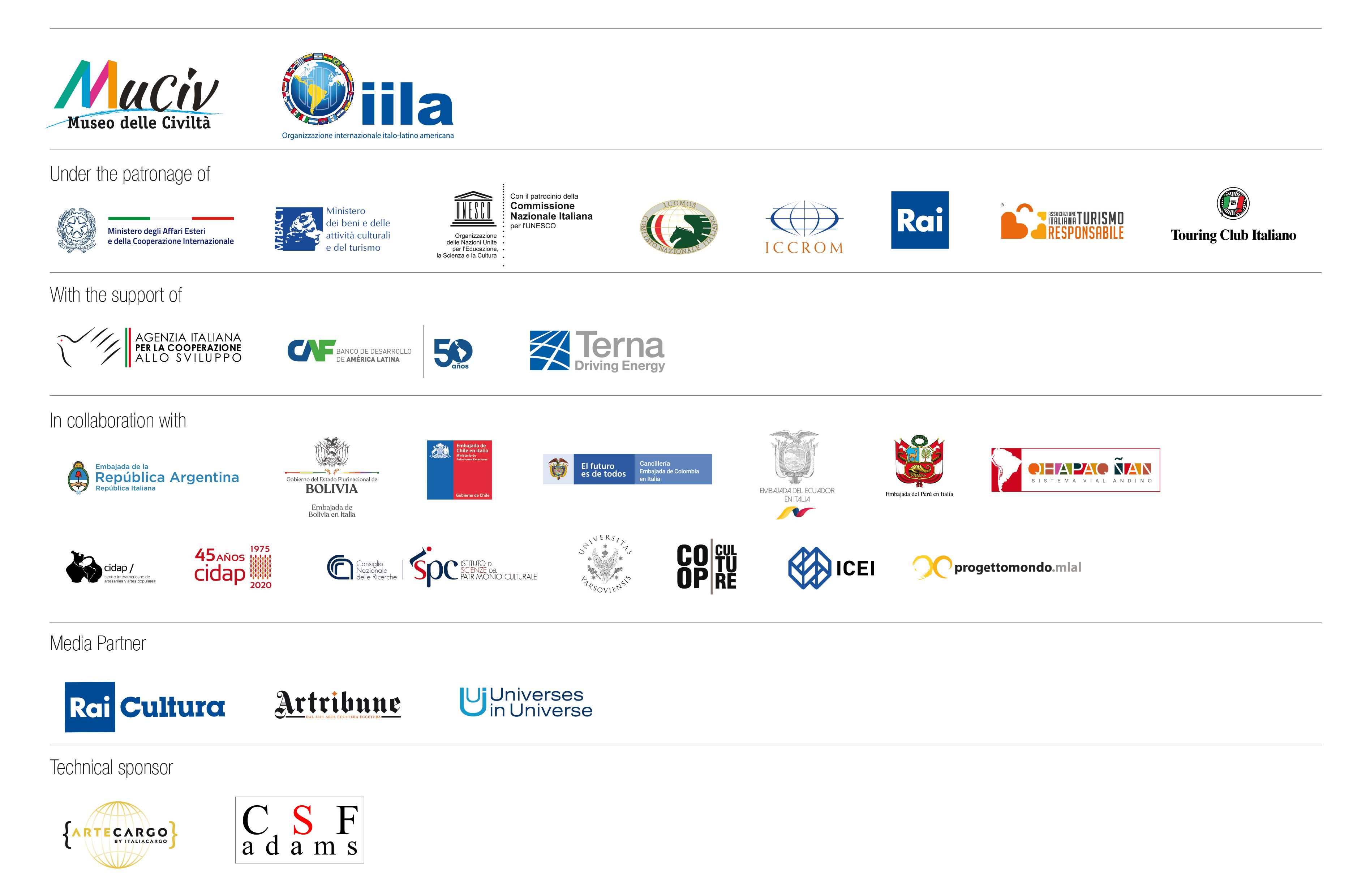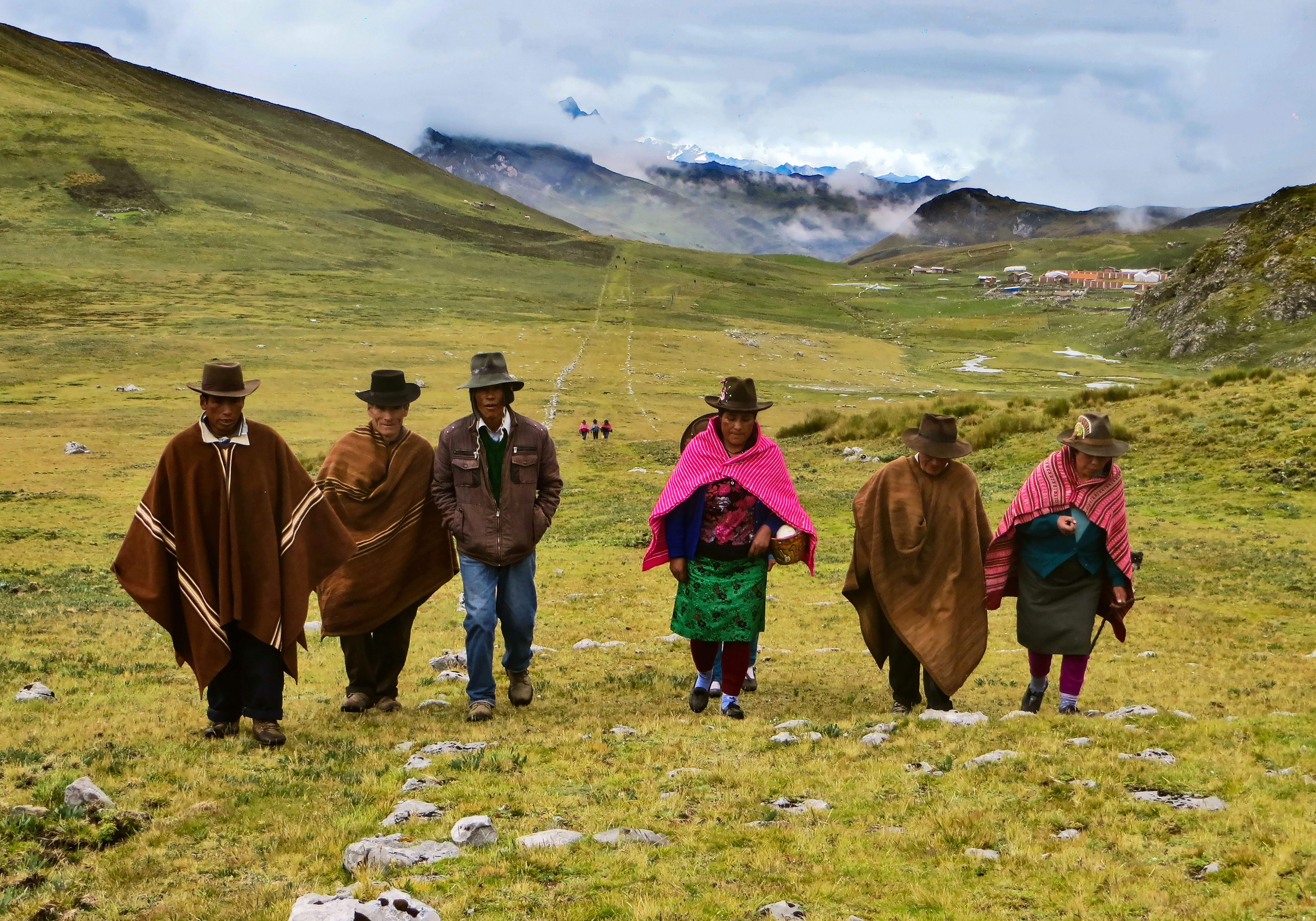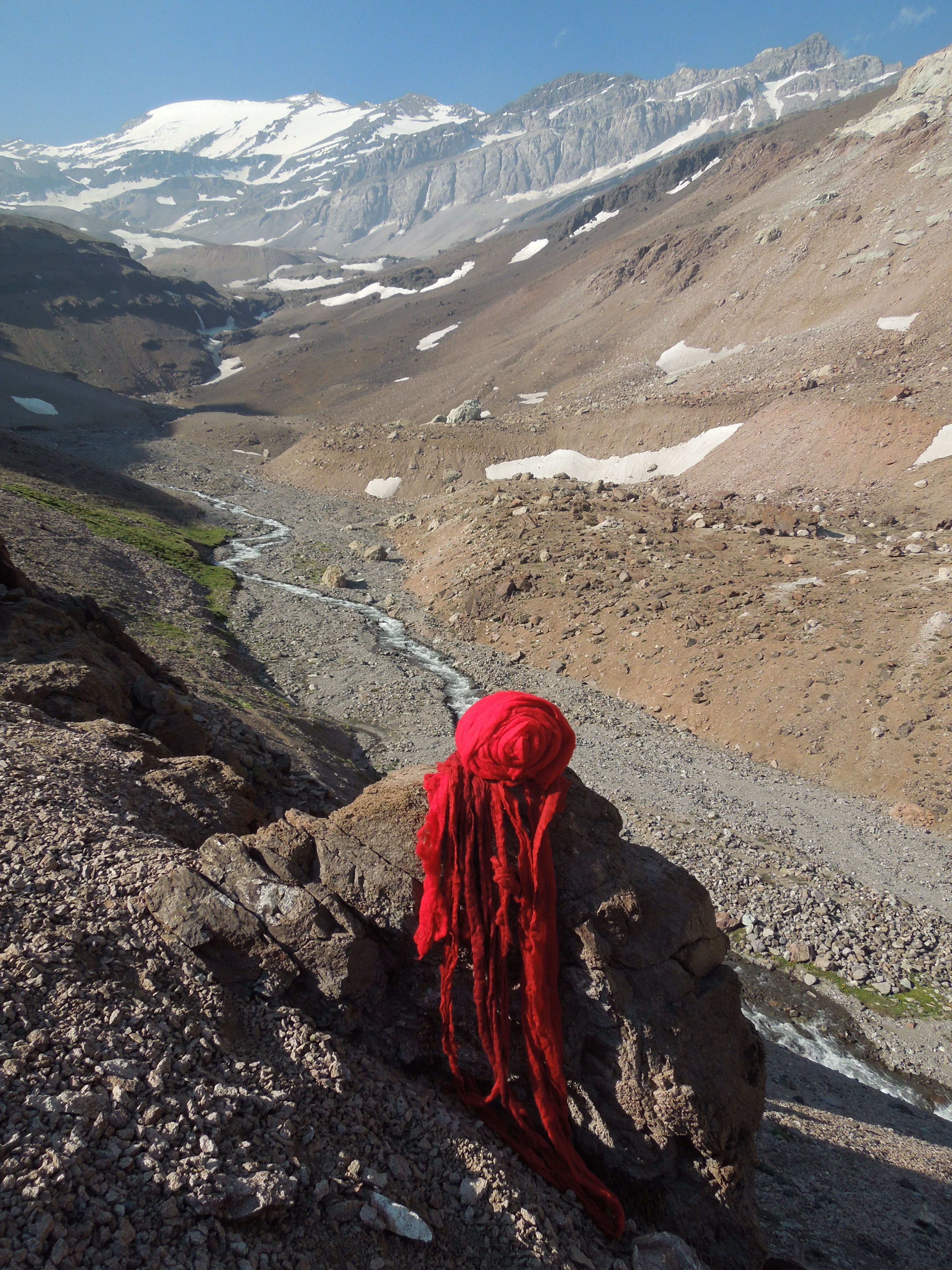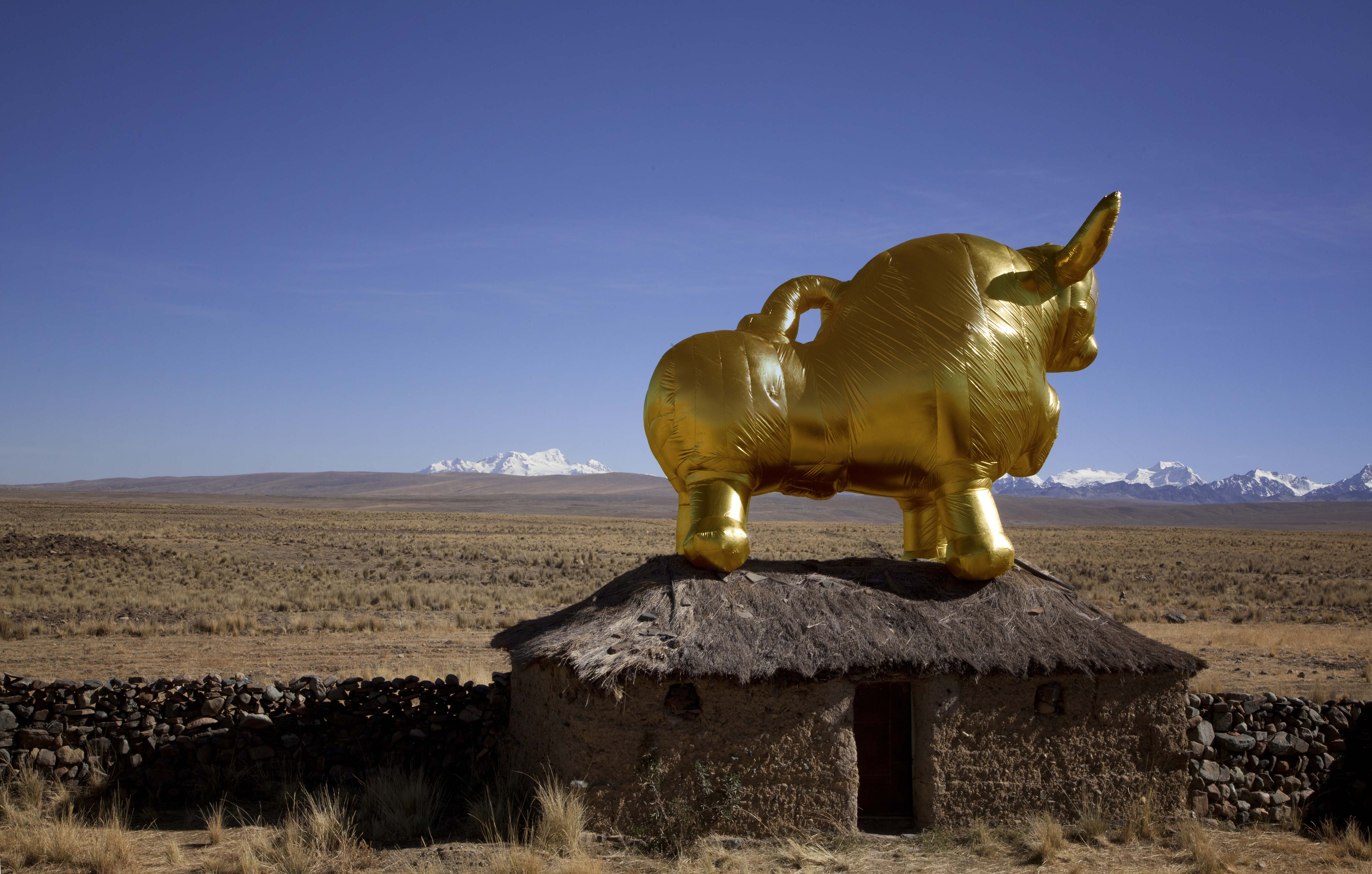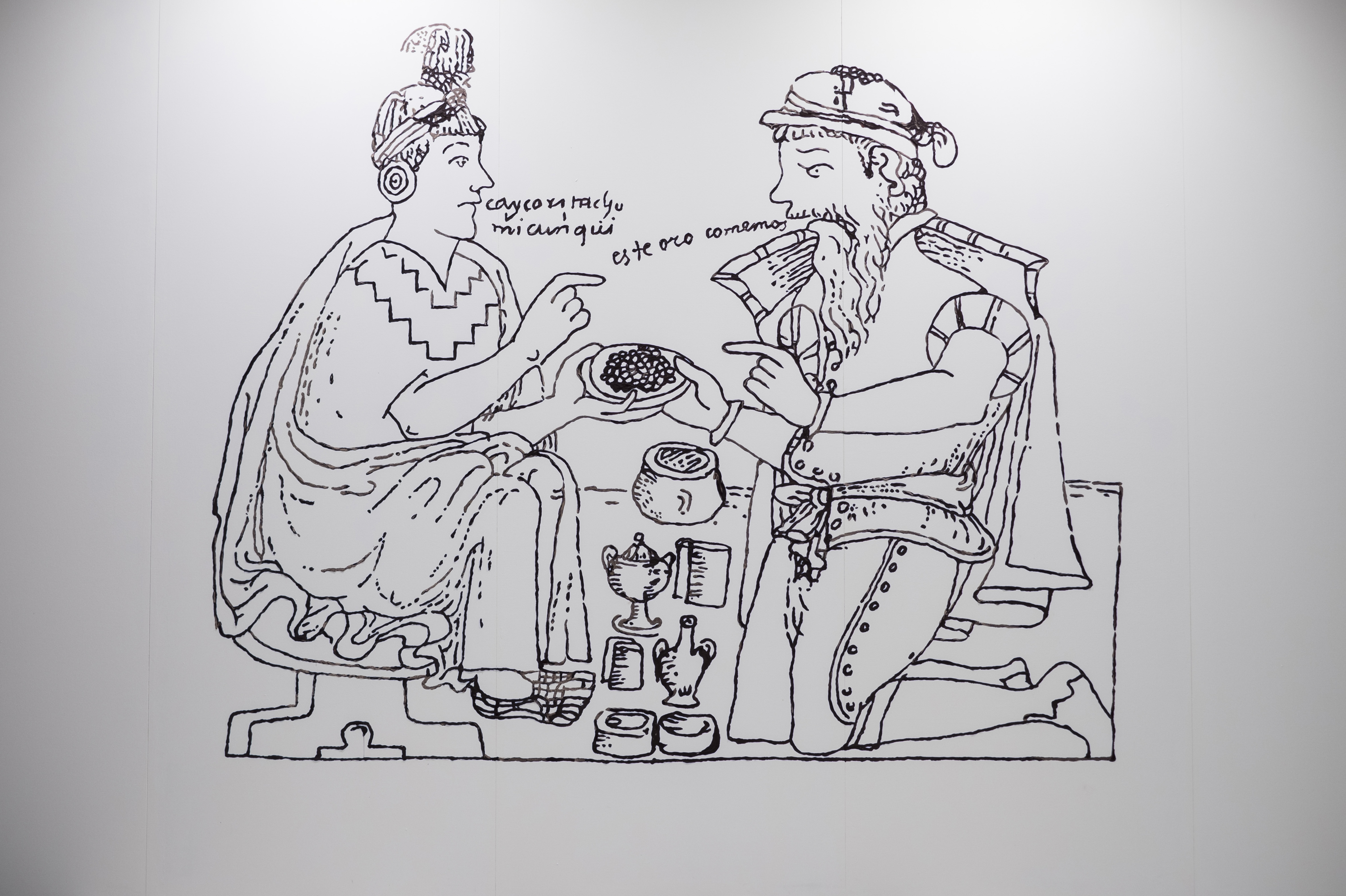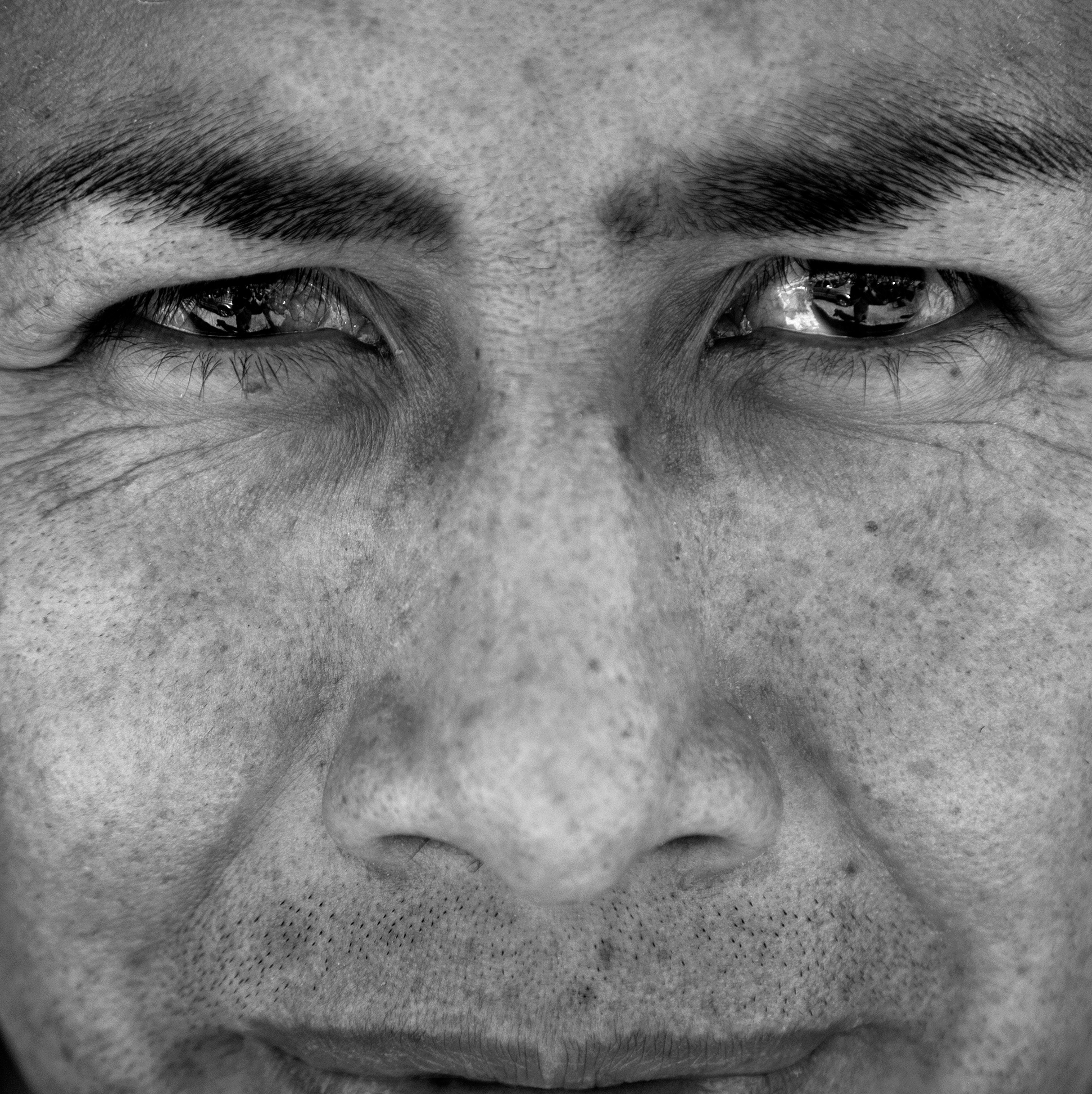May 11–August 22, 2021
Rome 00144
Italy
IILA – International Italian-Latin American Organization presents an interdisciplinary exhibition in Rome on the Qhapaq Ñan, the Great Andean Road System. From past to present, the exhibition crosses history, anthropology, crafts, archaeology, ancestral knowledge, cooperation between countries, community and sustainable tourism, arriving at contemporary art.
The Qhapaq Ñan is an Andean road system created by the Incas utilising, in part, pre-Incan infrastructures, with branches that travel through six different South American countries: Argentina, Bolivia, Chile, Colombia, Ecuador and Peru, for a total of more than 30,000 kilometres of routes that pass through one of the world’s most extreme geographical zones, ranging from the peaks of the Andes at 6,000 metres to arid deserts, rain forests and coastal areas.
The exhibition takes visitors on an original and in-depth journey highlighting the traces left by pre-Incan and Incan culture along the roads of the Qhapaq Ñan. The Incas used this extraordinary infrastructure to keep ideas, power, goods and cosmologies flowing within their 5 million square kilometres of territory, placing their vast empire on a unified footing.
The event also serves as an occasion to discover archaeological artefacts of the MUCIV - Museo delle Civiltà, the Luigi Pigorini prehistoric-ethnographic collection, featuring objects from the places where the Qhapaq Ñan originated in various pre-Columbian eras.
Classified as a UNESCO World Heritage Site in 2014, the Qhapaq Ñan has been studied from any number of perspectives (archaeology, engineering, history, anthropology). Considered a powerful medium of interconnection among different peoples, it still serves, as it has for centuries, as a link between communities and an instrument of economic and cultural exchange, in the same way as the great consular roads of the Roman Empire did.
The exhibition, put together by Rosa Jijón, an independent curator and former Cultural Secretary of the IILA, in collaboration with Nuria Sanz, General Coordinator for the Nomination Process of Qhapaq Ñan to the UNESCO World Heritage List, UNESCO World Heritage Centre, Paris, José de Nordenflycht, an historian and critic of art, and Donatella Saviola, Americanist of the Museo delle Civiltà – Museo Preistorico ed Etnografico Luigi Pigorini, is being held in the facilities of the Museum itself.
The Qhapaq Ñan is undoubtedly one of the great human achievements of pre-Columbian history. Indeed, it still provides links between ancestral and modern approaches to thinking of and dealing with, the Andean world. Proof of the extent to which Qhapaq Ñan is an element of living heritage, bringing together past, present and a wealth of symbolism, is the modern art derived from ancestral wisdom, demonstrating the inspiration provided by the latter, in combination with the Andean vision of the cosmos, for the works of today’s artists.
José de Nordenflycht, curator of the exhibition’s contemporary art section, invited six visual artists to take part: Gracia Cutuli (Argentina), Joaquín Sánchez (Bolivia), Cecilia Vicuña (Chile), Gabriel Vanegas (Colombia), Estefanía Peñafiel Loaiza (Ecuador) and Mariano León (Peru), assigning them the task of proposing different ways of travelling along sections of the cultural itinerary, in order to provide visitors with an experience that, through their senses, can complement the technical information supplied, bringing into play the fields of archaeology, anthropology and history. Further enriching this overview of the culture and peoples of the Qhapaq Ñan is Claudio Pérez, a Chilean documentary photographer whose anthropological and geographic work “Qhapaq Ñan ATACAMA” is rooted in his observation of the cultural resistance of these territories, providing a multidisciplinary perspective of a portion of the current route of the Inca road.
Following the closing of all museums on account of the COVID-19 health crisis, the exhibition opened together with the arrival of Jaime Nualart as the new Cultural Secretary of the IILA.
The partners
In carrying out this project, the IILA has worked in collaboration with the six participating countries, through their respective embassies and administrative bureaus for the Qhapaq Ñan; as well as with the MUCIV – Museo delle Civiltà, which is hosting the exhibition, together with a selection of its own artefacts originally from sites along the Qhapaq Ñan; plus the AICS –Italian Agency for Development Cooperation, which is active in the territories of the road system, developing community-based tourism, in addition to safeguarding, optimising and documenting both tangible and intangible resources, while also running the project “Development of Local Capabilities for the Promotion of Community-Based Cultural Tourism through Integration of the Qhapaq Ñan in Bolivia, Ecuador and Perù,” an initiative implemented under the United Nations Development Programme—UNDP—and funded by the AICS itself; as well as: the CIDAP - Centro Interamericano de Artesanías y Artes Populares, whose exhibitions demonstrate the role of modern-day crafts activities in keeping alive the heritage of Latin American culture; the ICCROM - International Centre for the Study of the Preservation and Restoration of Cultural Property, whose contribution evokes the allure of the Qhapaq Ñan in the 70’s-80’s with the photographs of Alva Balderrama; plus the promoters and managers of the INCAmmino project for the economic development of rural communities and the CNR – the Italian National Research Council, whose exhibit “Machu Picchu, beyond the visible,” organised in collaboration with the University of Warsaw, illustrates the applications of the latest geophysical technology to archaeology. For the production of the exhibition, IILA also relied on the support of DGCS - MAECI (Directorate General for Development Cooperation - Ministry of Foreign Affairs and International Cooperation - Italy), CAF - Banco de Desarrollo de América Latina and Terna, the company that manages the Italian national transmission grid and the largest independent electricity transmission system operator in Europe.
